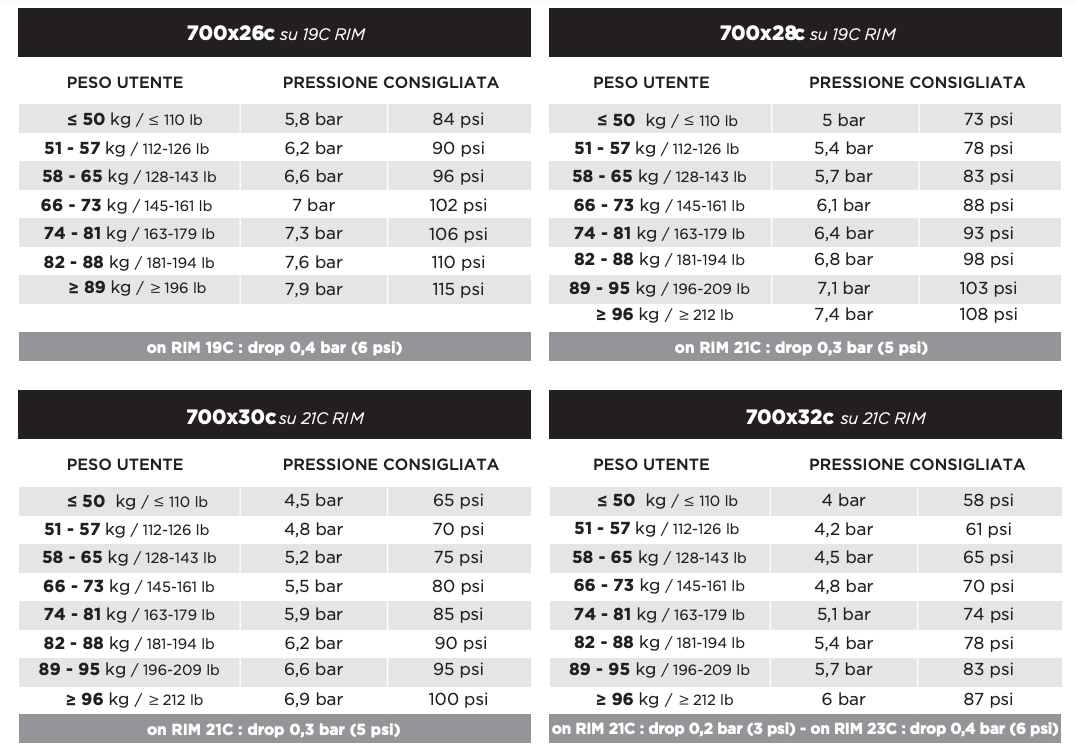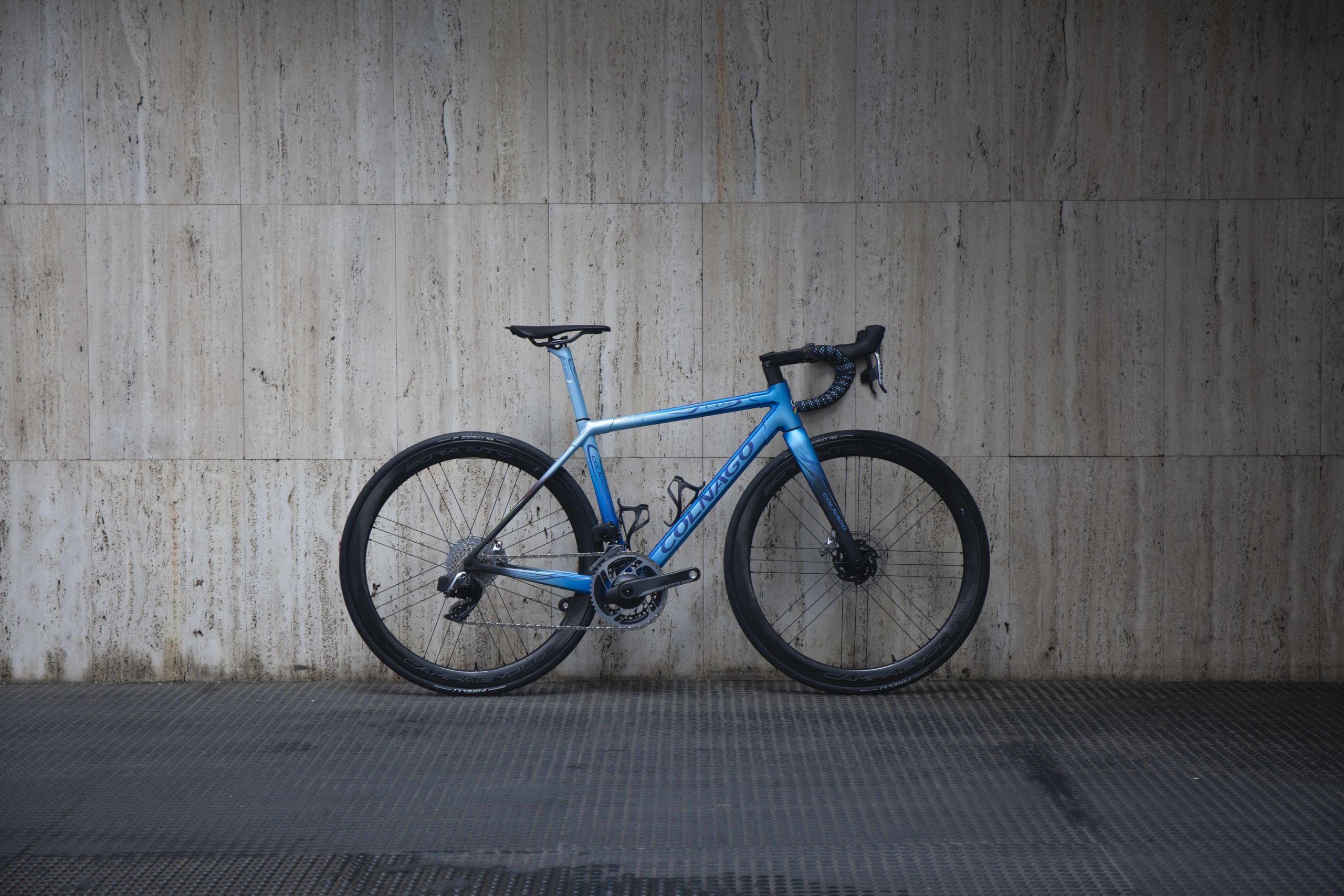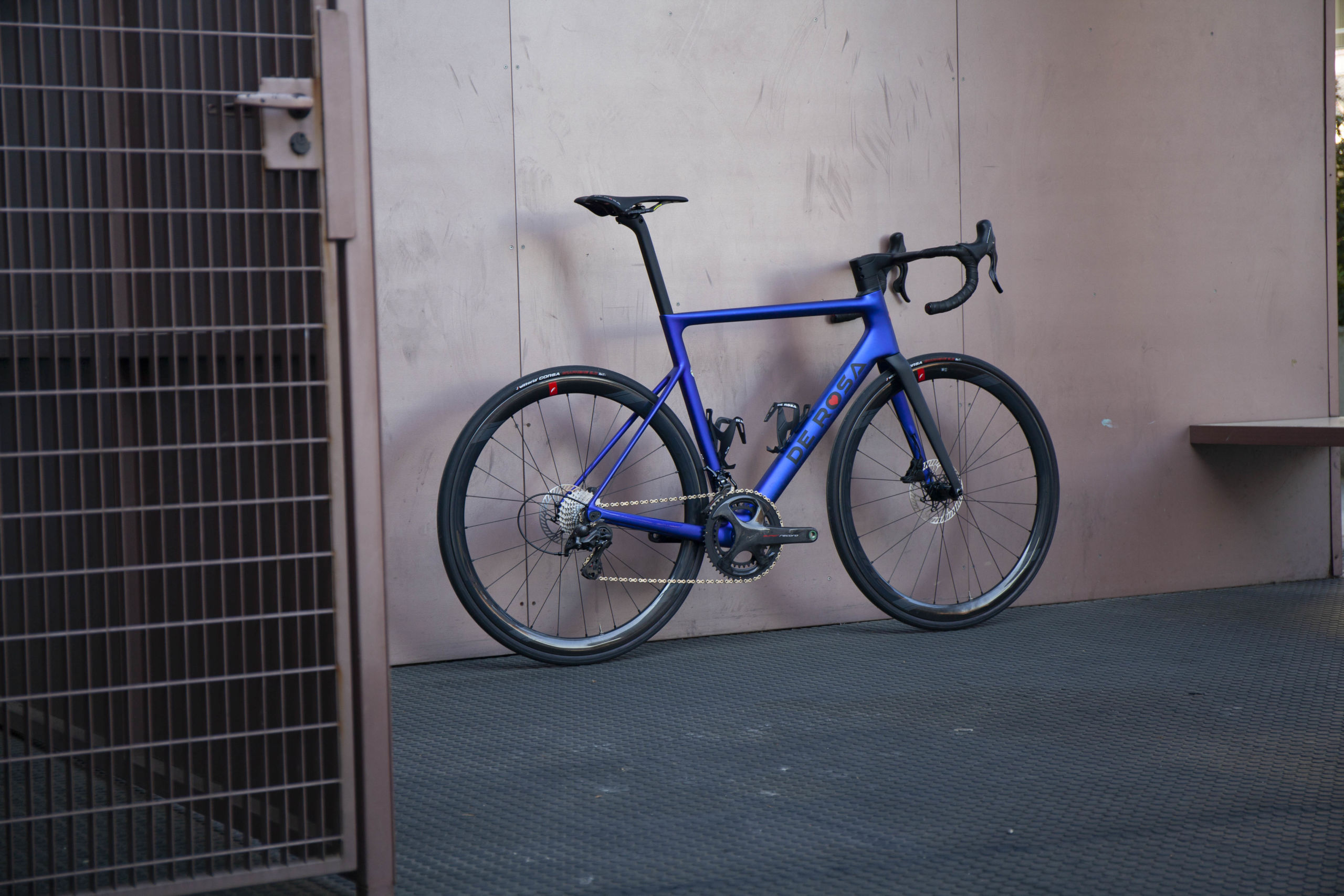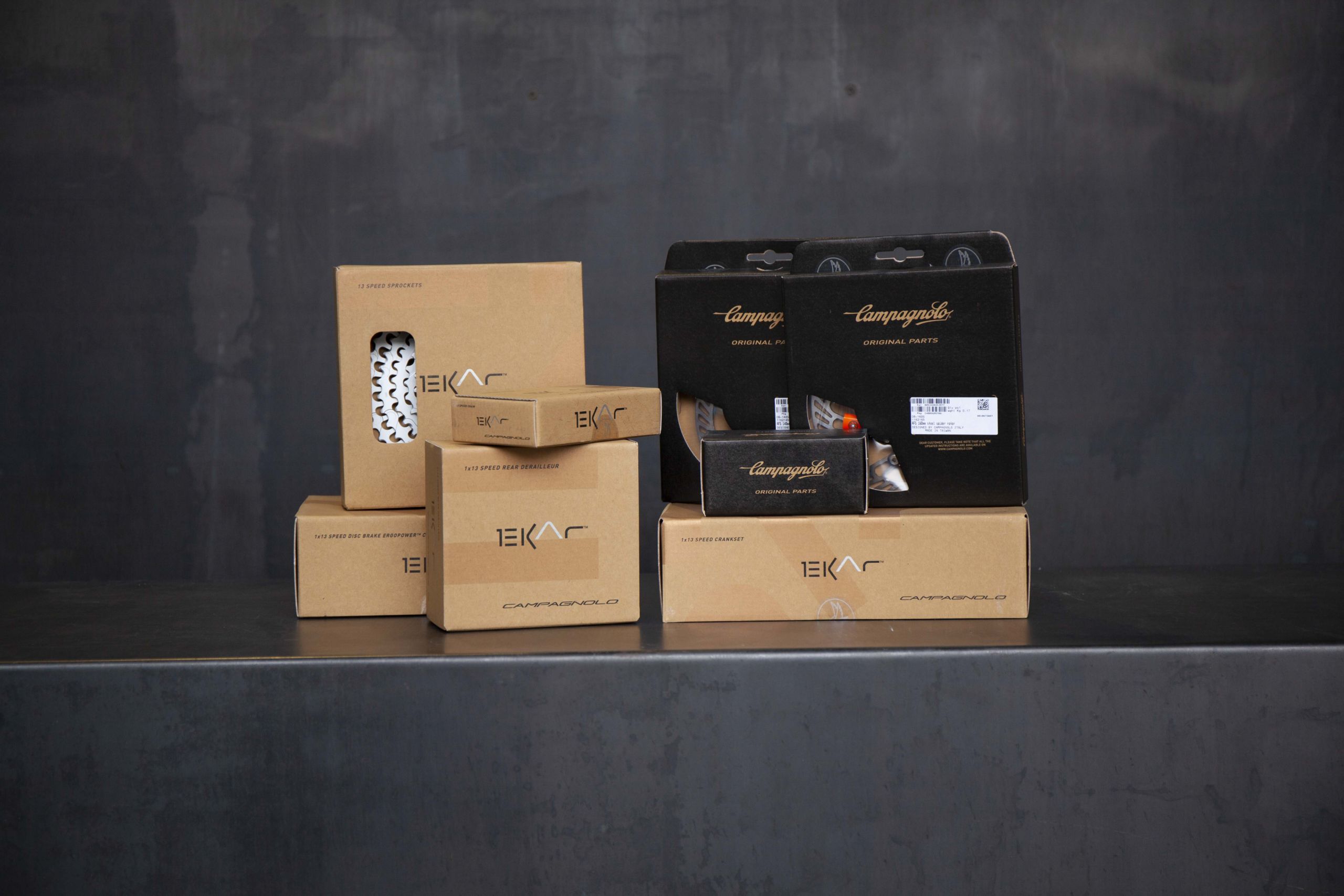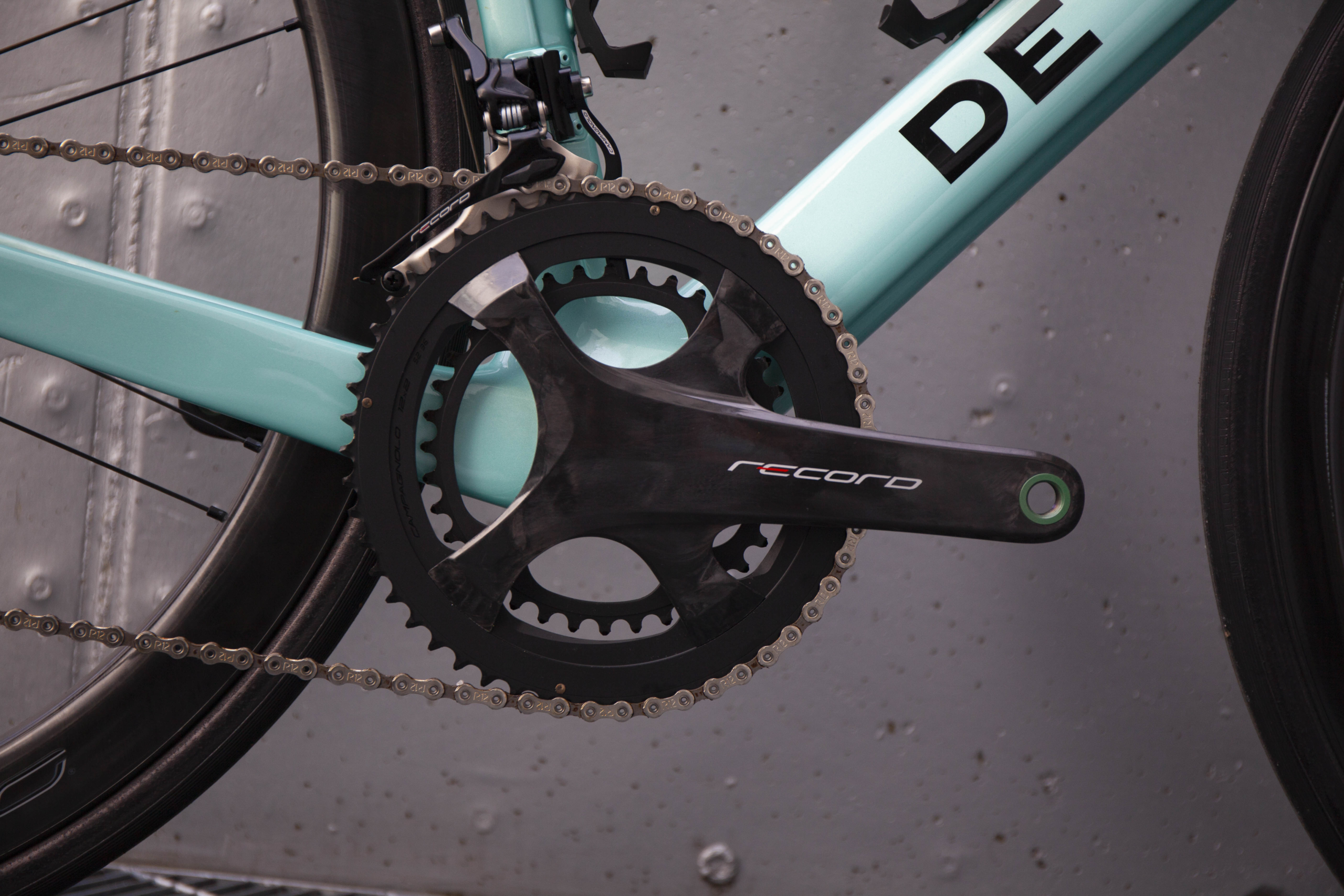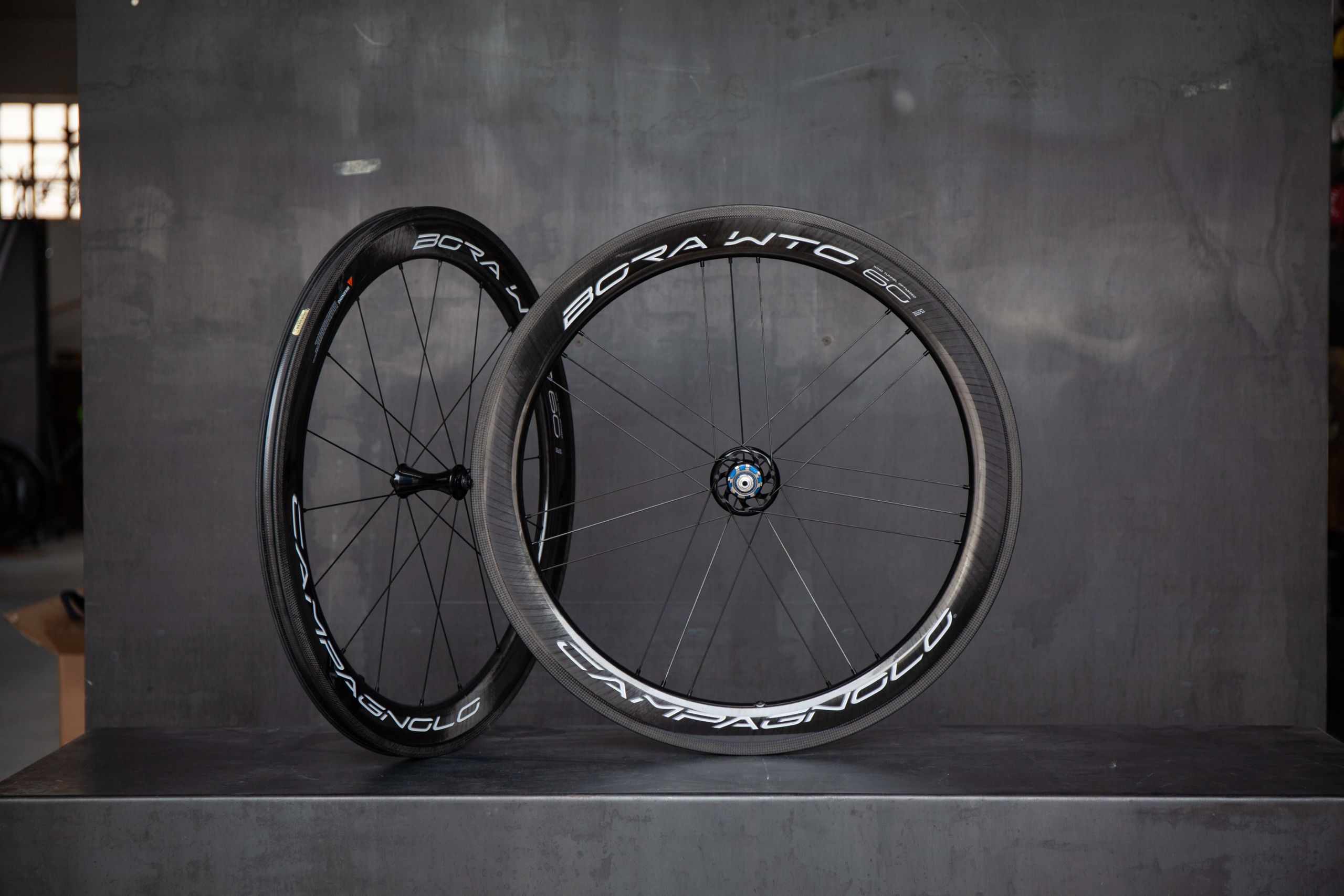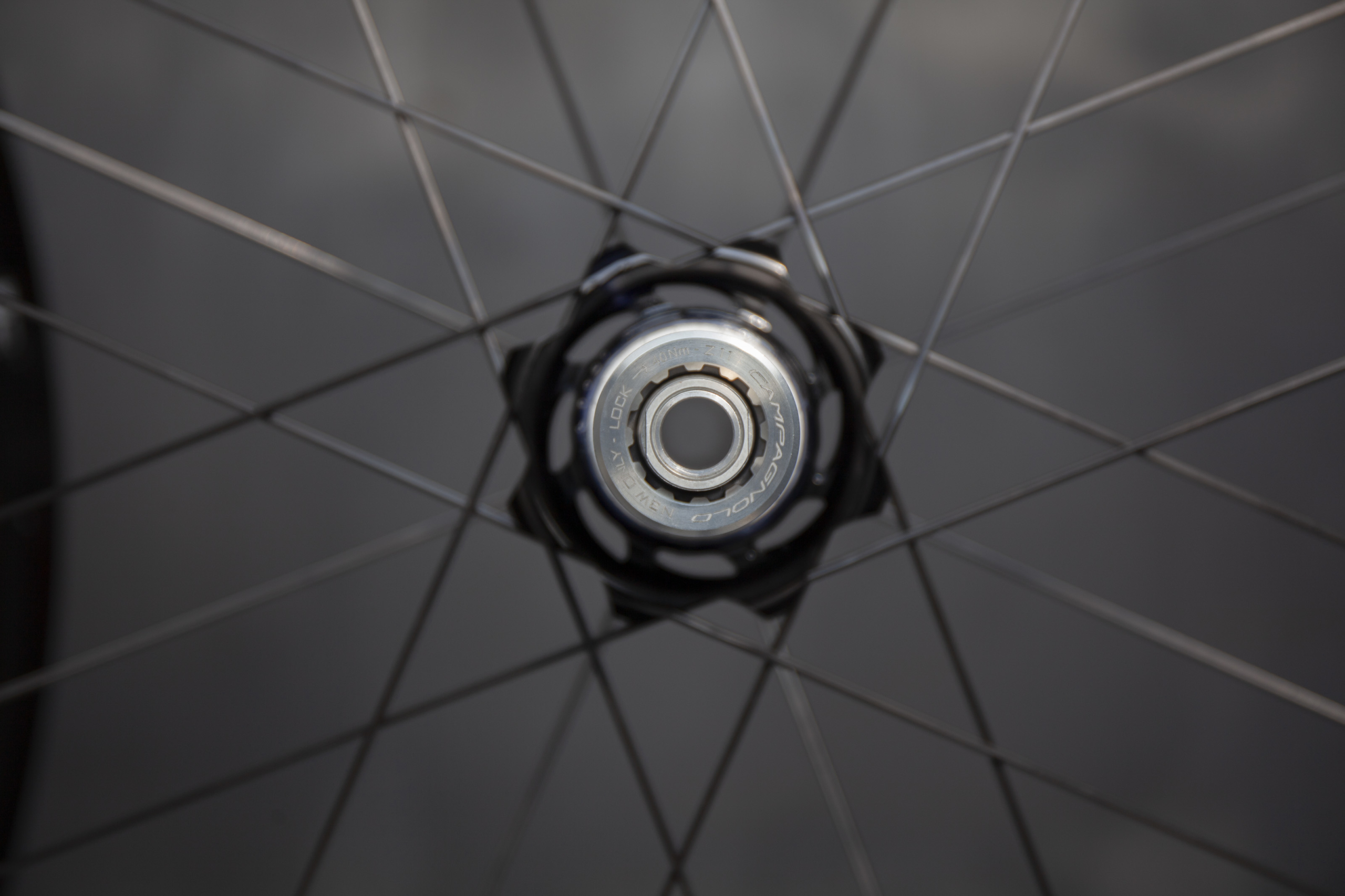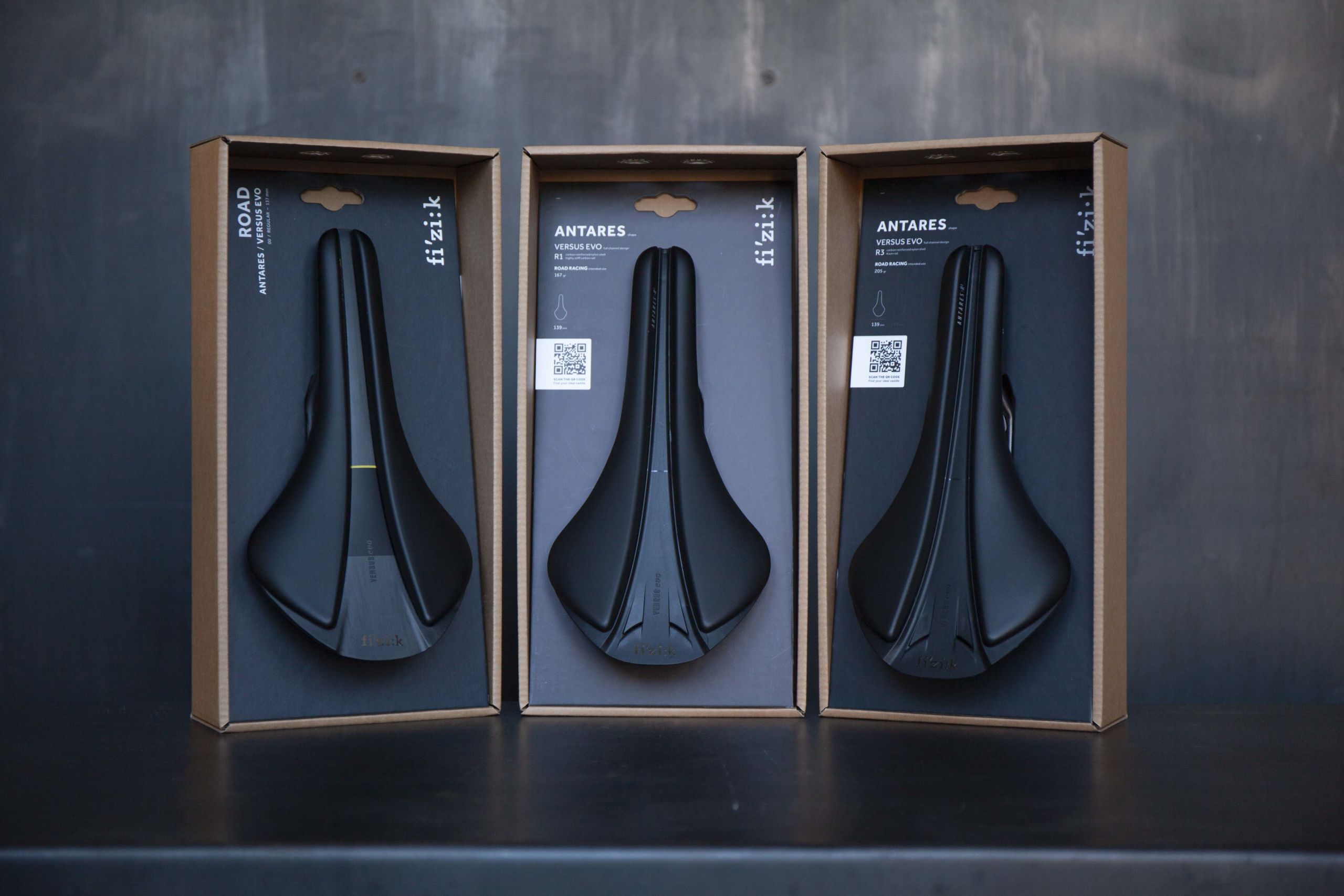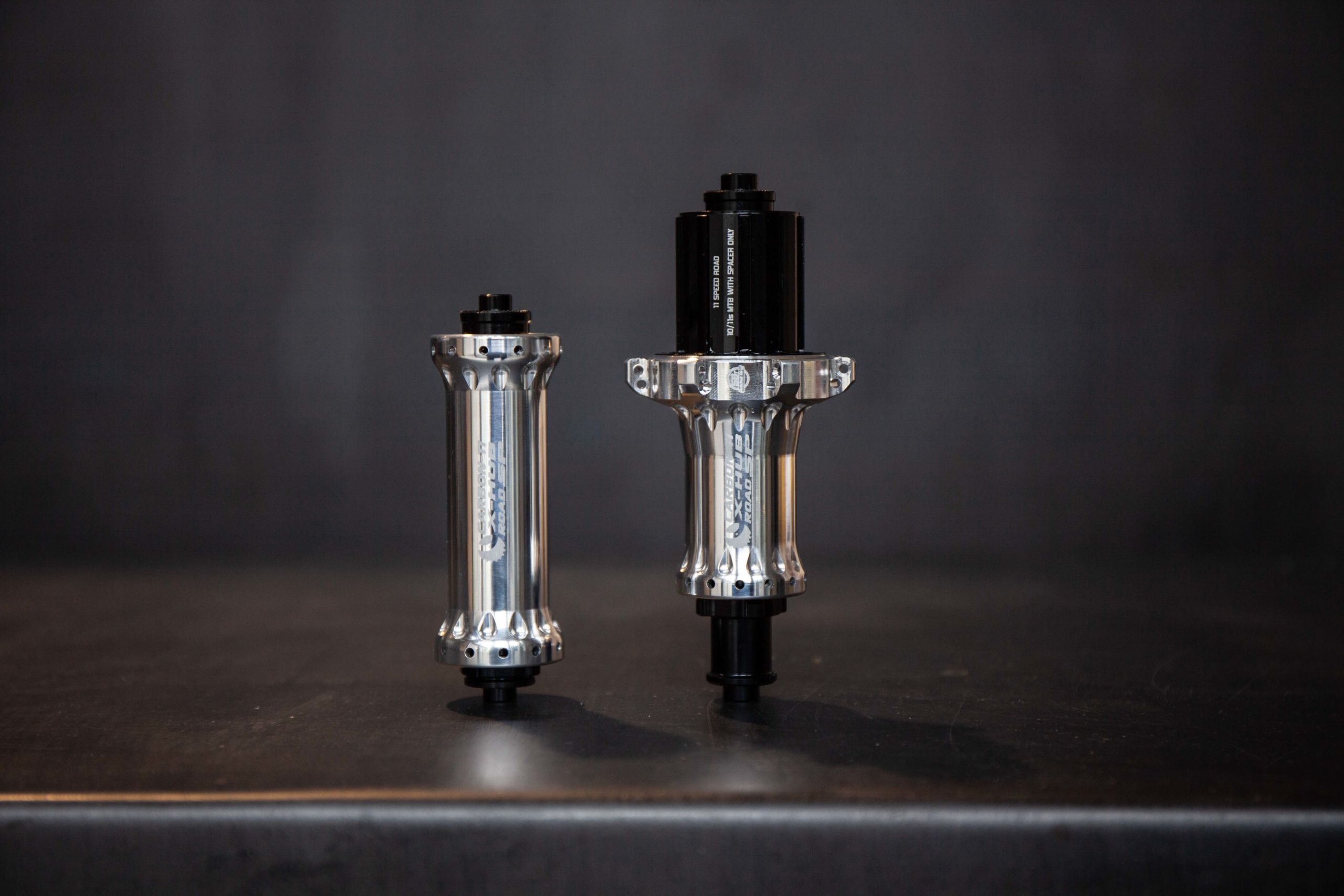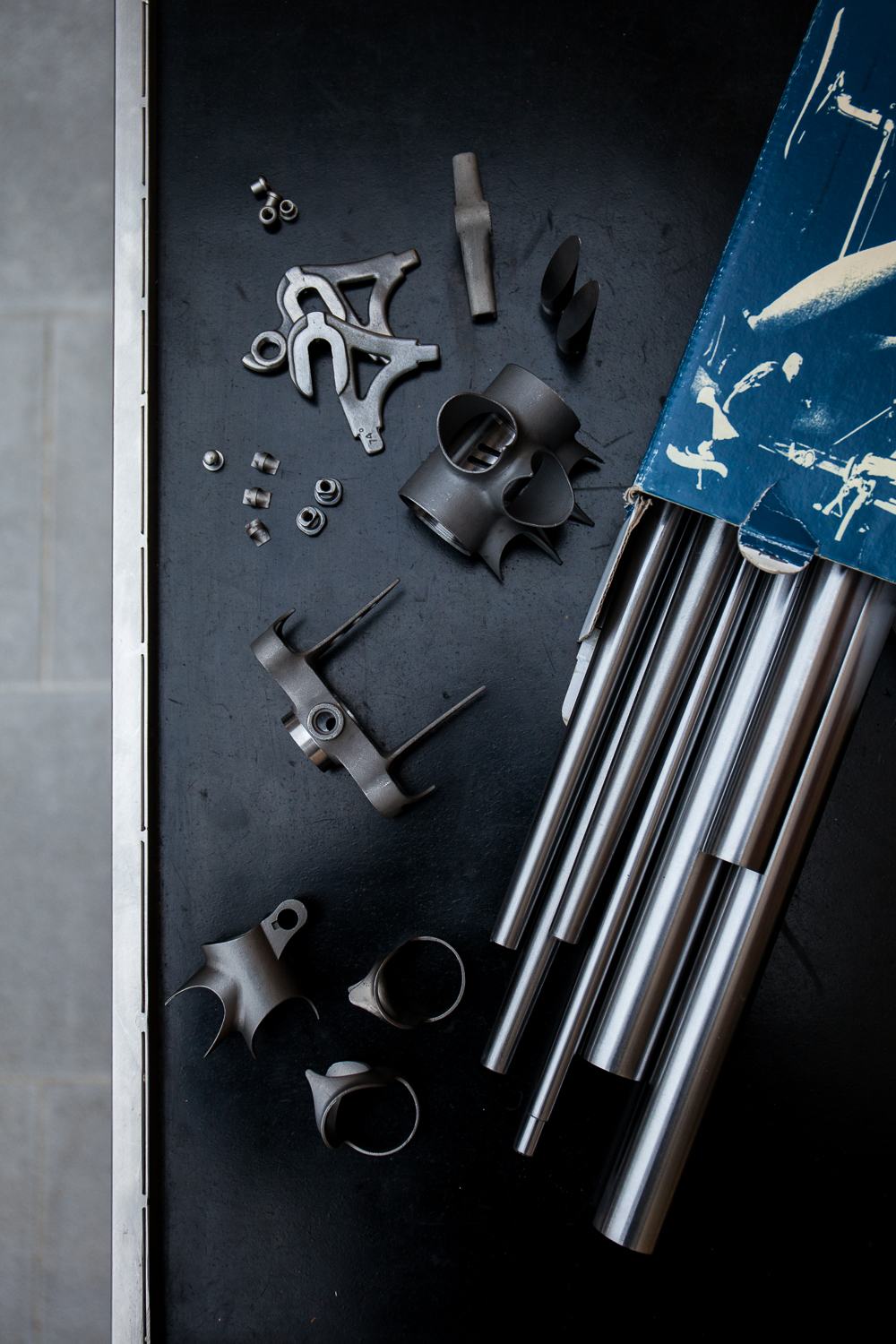Road Bike Tires: what’s the Right Choice?
Cycling enthusiasts with a bit of experience (and perhaps some gray hair) will remember when tires were just 19 or 21 mm wide, with recommended pressures reaching up to 9 bar.
Prehistoric, right? Modern cycling is heading in the opposite direction, with the pros once again leading the way in adopting innovative technical choices.
From the Pros to Amateurs
Pogačar—always Pogačar.
The year 2024 has been his annus mirabilis: he kicked off the season with a victory at Strade Bianche, followed by triumphs at the Volta a Catalunya, Liège-Bastogne-Liège, the Giro d’Italia, and the Tour de France.
Not satisfied yet, he claimed the rainbow jersey at the World Championships and capped it all off with a victory at the Giro di Lombardia. Naturally, rivals and fans alike look to him as the man to emulate.
When it comes to tires, the Slovenian champion uses 28 mm tubeless tires mounted on Enve hookless rims with a 25 mm internal width.
This setup results in an actual tire width closer to 32 mm.
Greater volume means lower pressure; in Pogačar's case, it ranges between 3.8 and 4.0 bar—practically mountain bike territory!
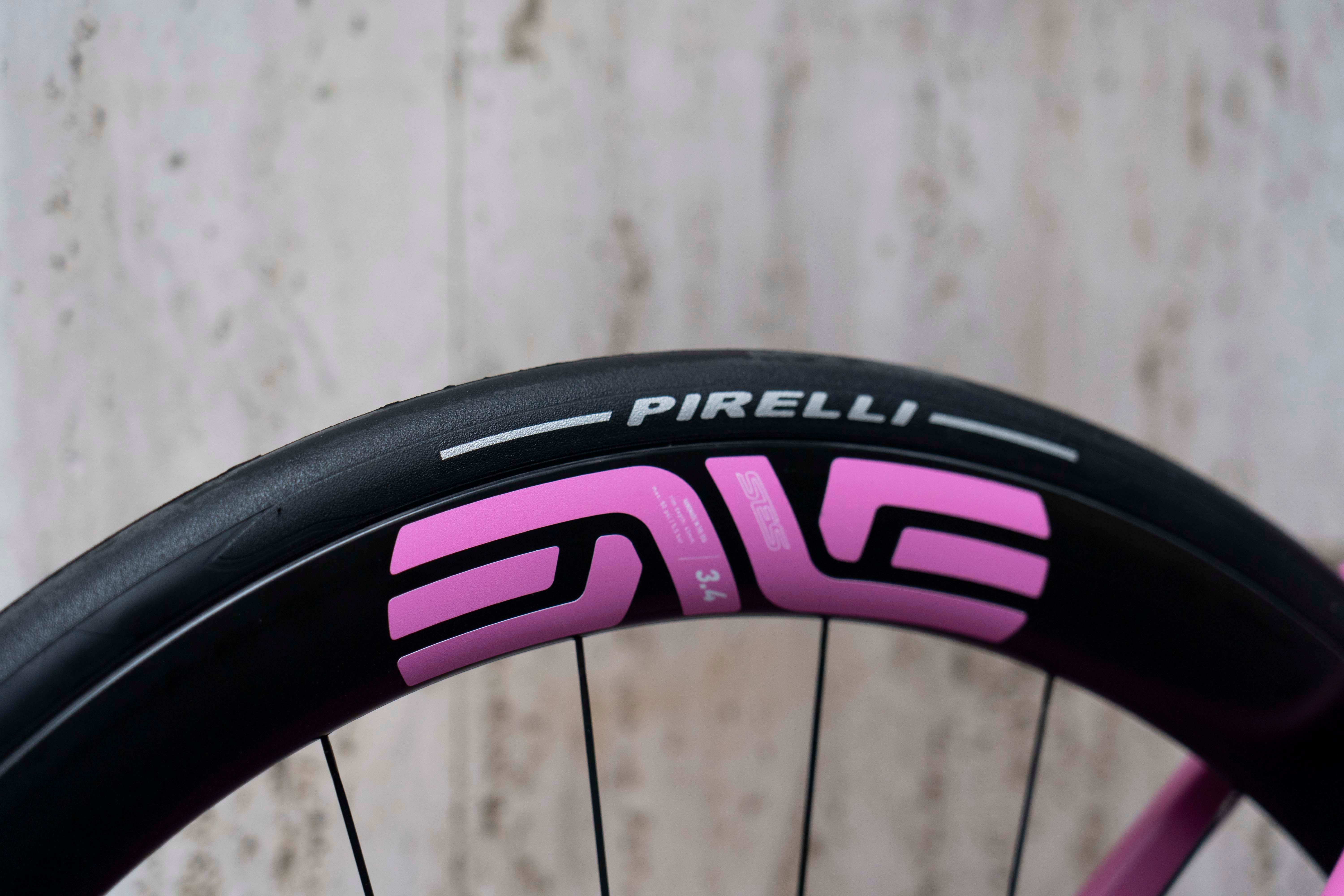
But does that mean we should all opt for wider tires and off-road pressures on our road bikes? The answer, as usual, is not straightforward. The trend toward wider sections and lower pressures is undeniable and represents the future of the sport. However, multiple factors must be considered: rider weight, terrain conditions, training or race type, and pedaling style.
The advent of tubeless tires has also spurred significant research into tire pressure over the past few years, aiming to optimize performance, reduce rolling resistance, enhance comfort, and minimize puncture risk.
-
Pirelli P ZERO Race TLR RS | Retrò | 700x32c | 4615700
74 €74 € Add to cart -
Pirelli P ZERO Race TLR RS | Retrò | 700x28c | 4610100
74 €74 € Add to cart -
Pirelli P ZERO Race TLR RS | Retrò | 700x30c | 4615500
74 €74 € Add to cart -
Pirelli P ZERO Race TLR RS | 700x32c | Black | 4308800
63 €Instead of 90 €Save 30%52 €Instead of 74 €Save 30% Add to cart -
Pirelli P ZERO Race TLR RS | 700x28c | Black | 4197000
63 €Instead of 90 €Save 30%52 €Instead of 74 €Save 30% Add to cart -
Pirelli P ZERO Race TLR RS | 700x30c | Black | 4197100
63 €Instead of 90 €Save 30%52 €Instead of 74 €Save 30% Add to cart
TUBE OR TUBELESS?
Even here, the trend is set by the pros, where tubeless tires dominate. In terms of rolling efficiency (and thus power absorption) and weight, the difference between a high-quality tubeless tire and a premium inner tube tire (not butyl but latex or thermoplastic polyurethane) is minimal.
Riders who stick with inner tubes often do so for convenience, which explains their continued popularity among amateurs.
However, for those prioritizing performance, tubeless tires offer clear advantages in comfort, grip, and puncture protection. Notably, valve tears are nearly impossible, and small punctures (from thorns or similar) are almost instantly sealed by the internal sealant, which requires periodic checking and replacement.
For larger punctures or cuts, repair kits (like "worms") are effective, though replacing the tire afterward is advisable.
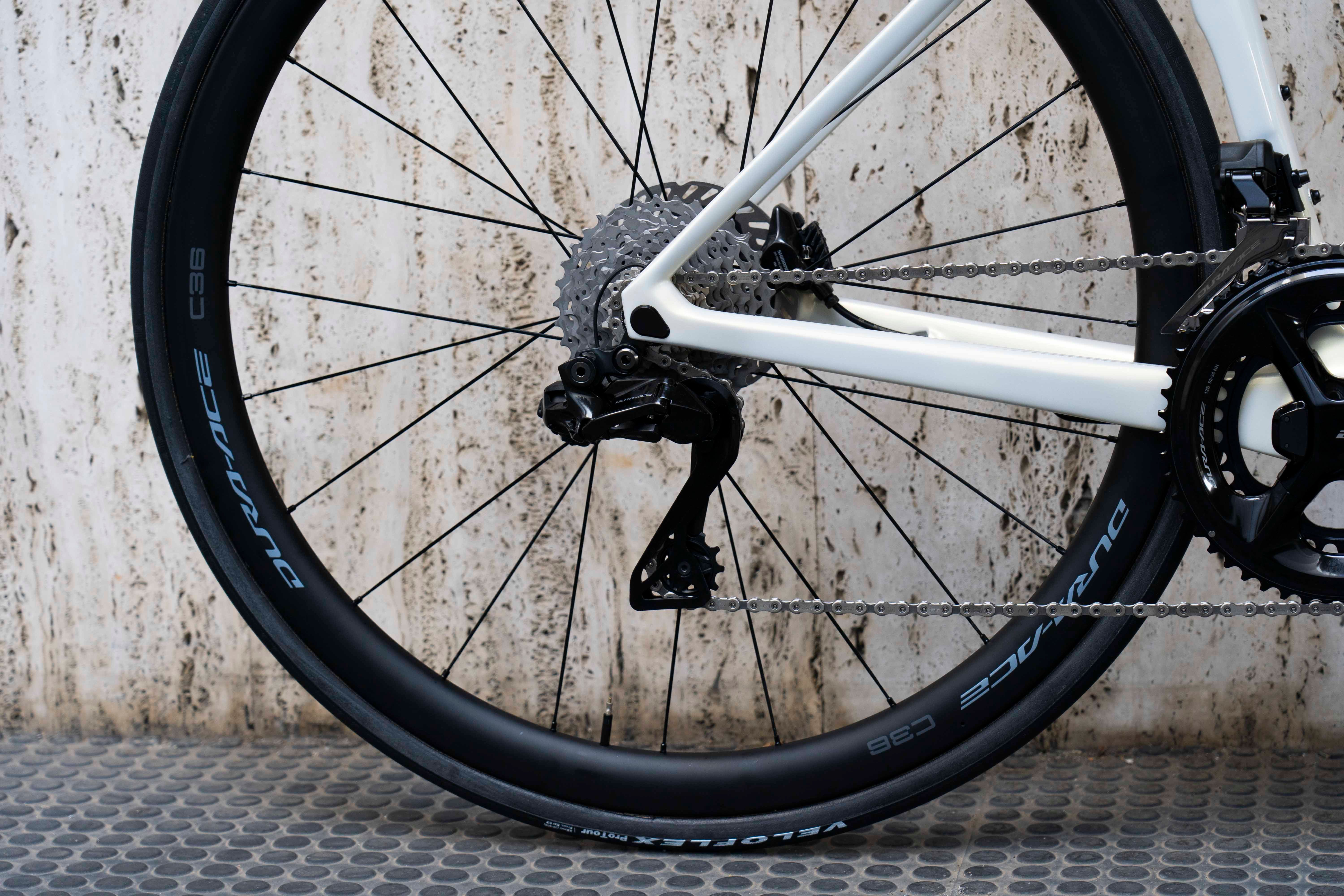
-
Pirelli Cinturato SmarTUBE X |700×28/40c | Presta 60mm | 4361600
22 €Instead of 28 €Save 20%18 €Instead of 23 €Save 20% Add to cart -
Pirelli Cinturato Reinforced SmarTUBE | 700×35/45c | Presta 60mm | 4149900
23 €Instead of 30 €Save 22%19 €Instead of 25 €Save 22% Add to cart -
Pirelli Cinturato Reinforced SmarTUBE | 700×28/35c | Presta 60mm | 4094400
23 €Instead of 30 €Save 22%19 €Instead of 25 €Save 22% Read more -
Pirelli RoadTUBE | 700×23/30c | Presta 80mm | 4221400
10 €Instead of 13 €Save 25%8 €Instead of 11 €Save 25% Add to cart -
Pirelli Smartube Repair Kit for TPU inner tubes | 9393700
5 €5 € Add to cart -
Pirelli Cinturato SmarTUBE | 700×33/45c | Presta 60mm | 4094500
20 €Instead of 25 €Save 20%16 €Instead of 20 €Save 20% Add to cart -
Pirelli RoadTUBE | 700×23/30c | Presta 60mm | 3702600
7 €Instead of 10 €Save 26%6 €Instead of 8 €Save 26% Add to cart -
Pirelli RoadTUBE | 700×23/30c | Presta 48mm | 3702500
7 €Instead of 10 €Save 26%6 €Instead of 8 €Save 26% Add to cart -
Pirelli P ZERO SmarTUBE | 700×23/32c | Presta 60mm | 4094300
24 €Instead of 25 €19 €Instead of 20 €Add to cart
CASING, COMPOUND, AND POLYMERS: THE TECHNOLOGY BENEATH
So, you’ve decided on tubeless. But not all tubeless tires are created equal. While many choices are based on brand loyalty, tread design, declared weight, or price, understanding technical specifications is crucial. Different tires can vary significantly in rolling resistance, durability, and wear.
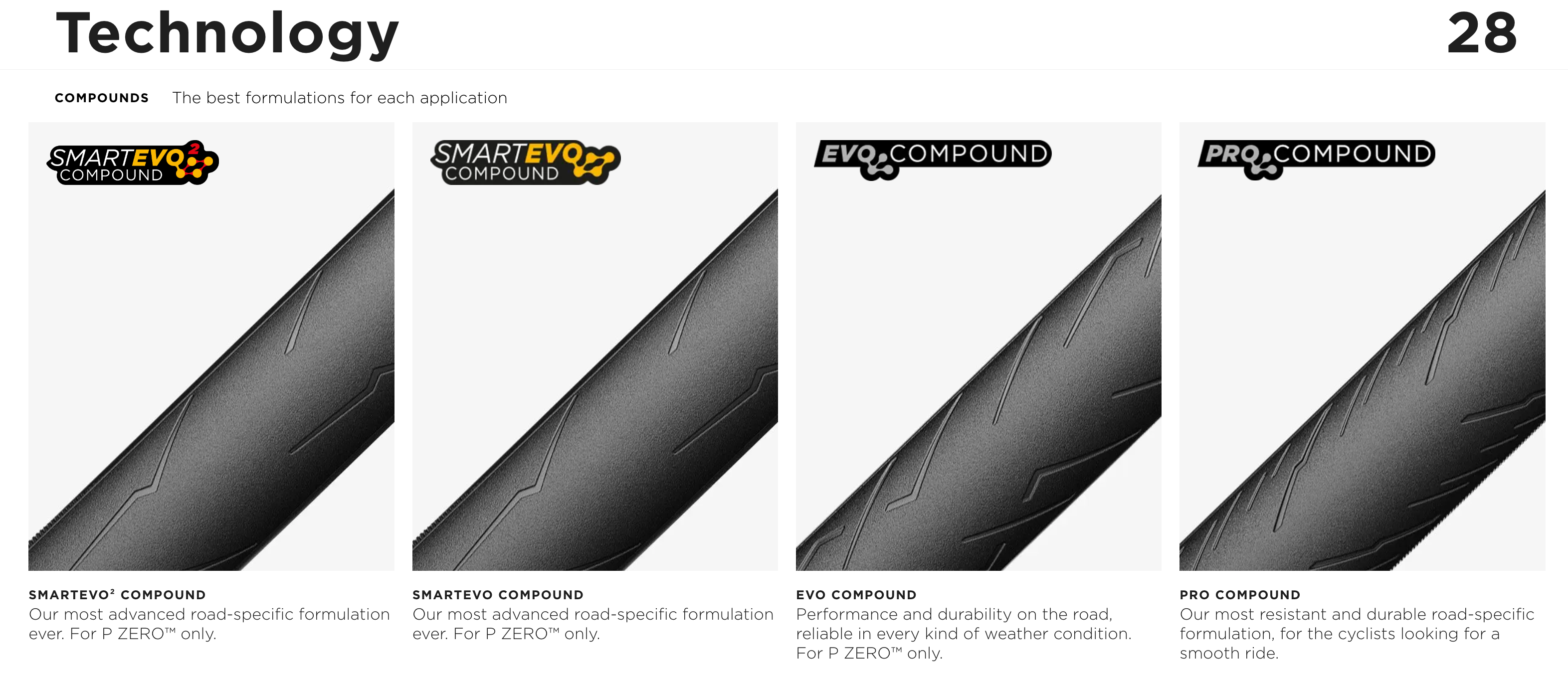
Cyclists must choose according to their priorities: those who prioritize performance may sacrifice longevity and toughness, while others might prefer intermediate options.
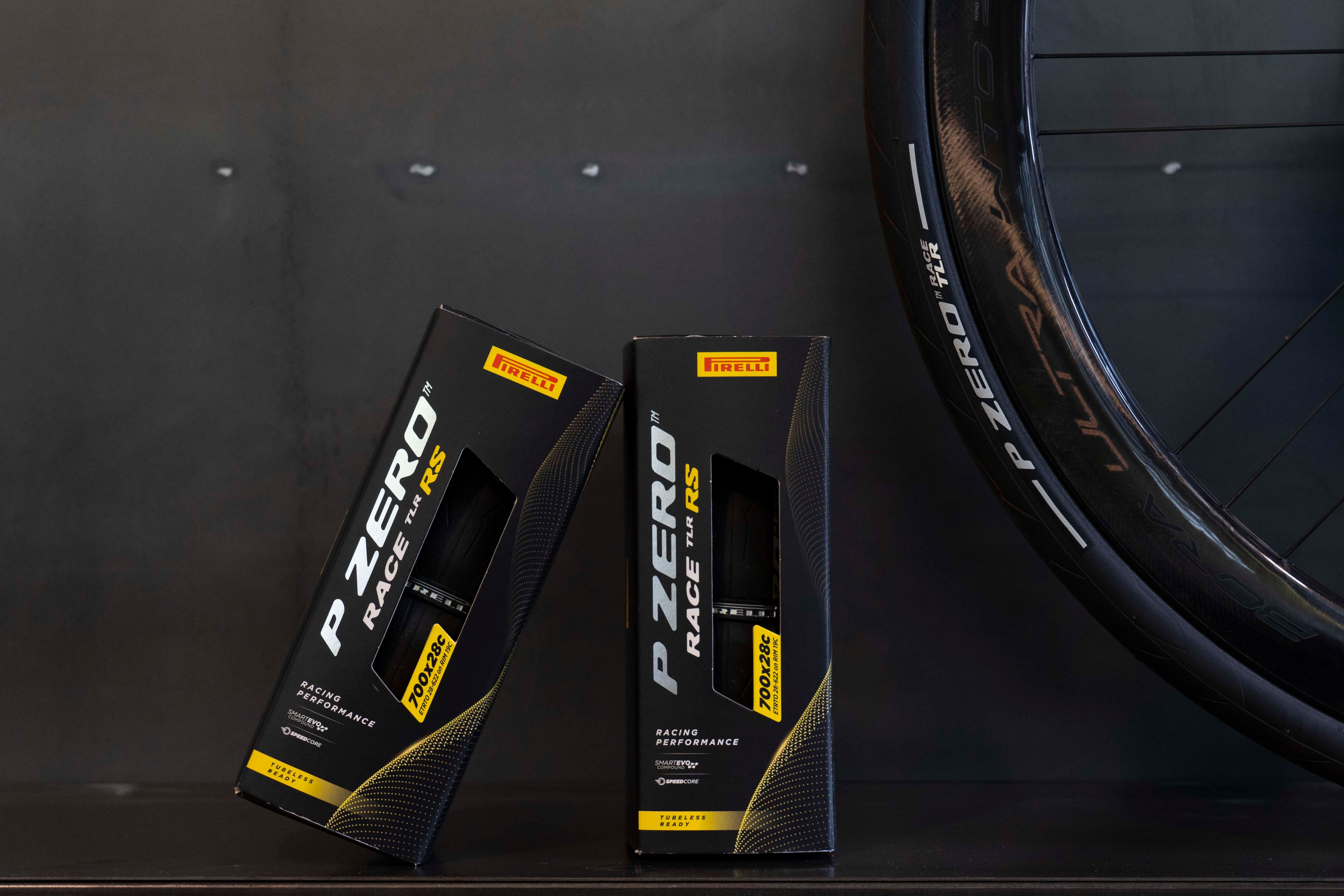
For example, Pirelli—a historic Italian brand—channels over a century of motorsport experience into its cycling products.
Their cutting-edge compounds, such as SmartEVO² and SpeedGrip, meet the demands of World Tour cycling while being accessible to amateurs.
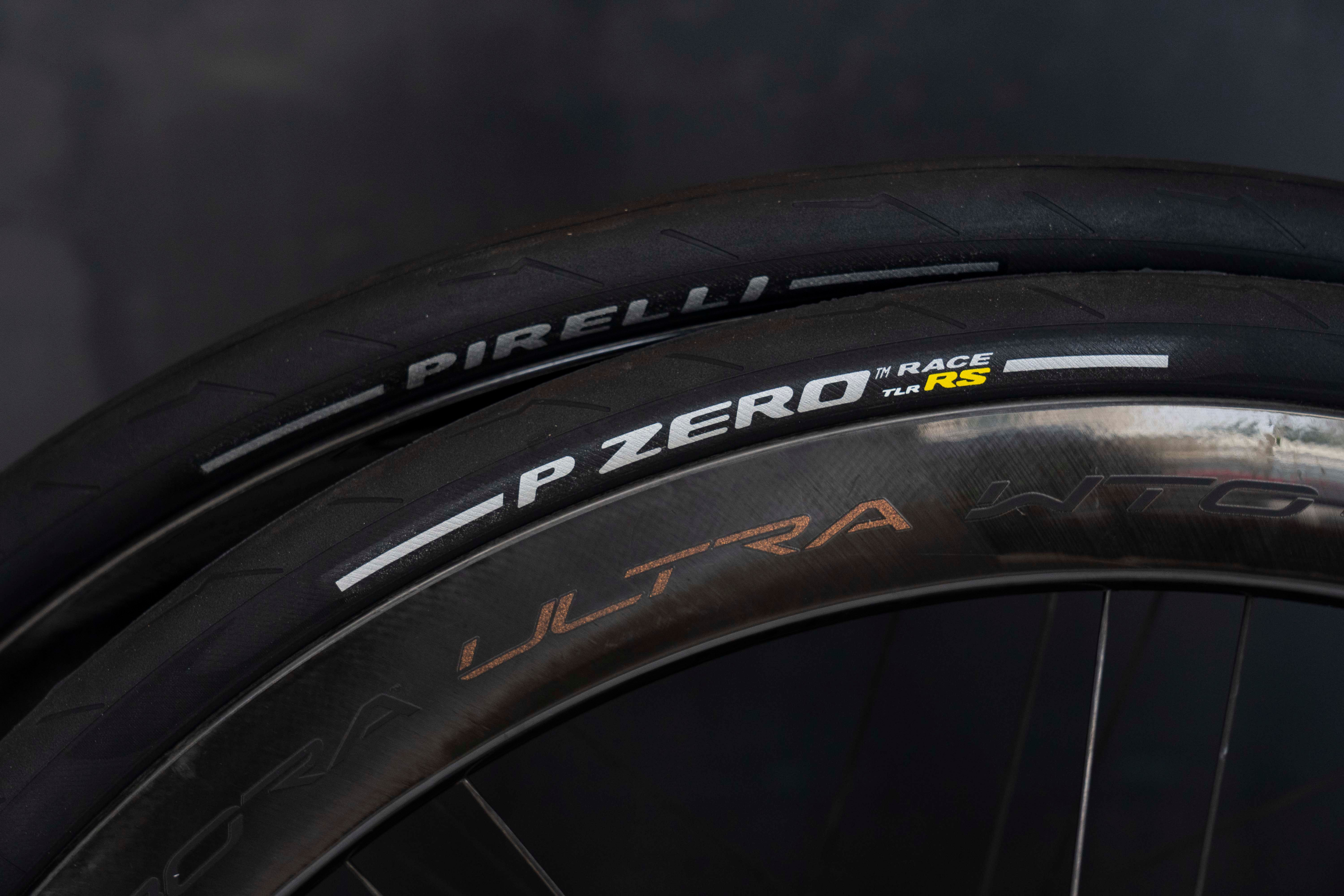
BIGGER IS BETTER?
What tire size is right for you? First, consider physical limits. Modern frames often accommodate wider tires, with disc brake systems eliminating the constraints of traditional rim brakes.
Rim width also matters. For rim channels between 17 and 21 mm, 26 to 28 mm tires fit well. For 30 mm tires, a minimum channel width of 19 mm is recommended, while 32 mm tires pair best with channels between 21 and 25 mm.
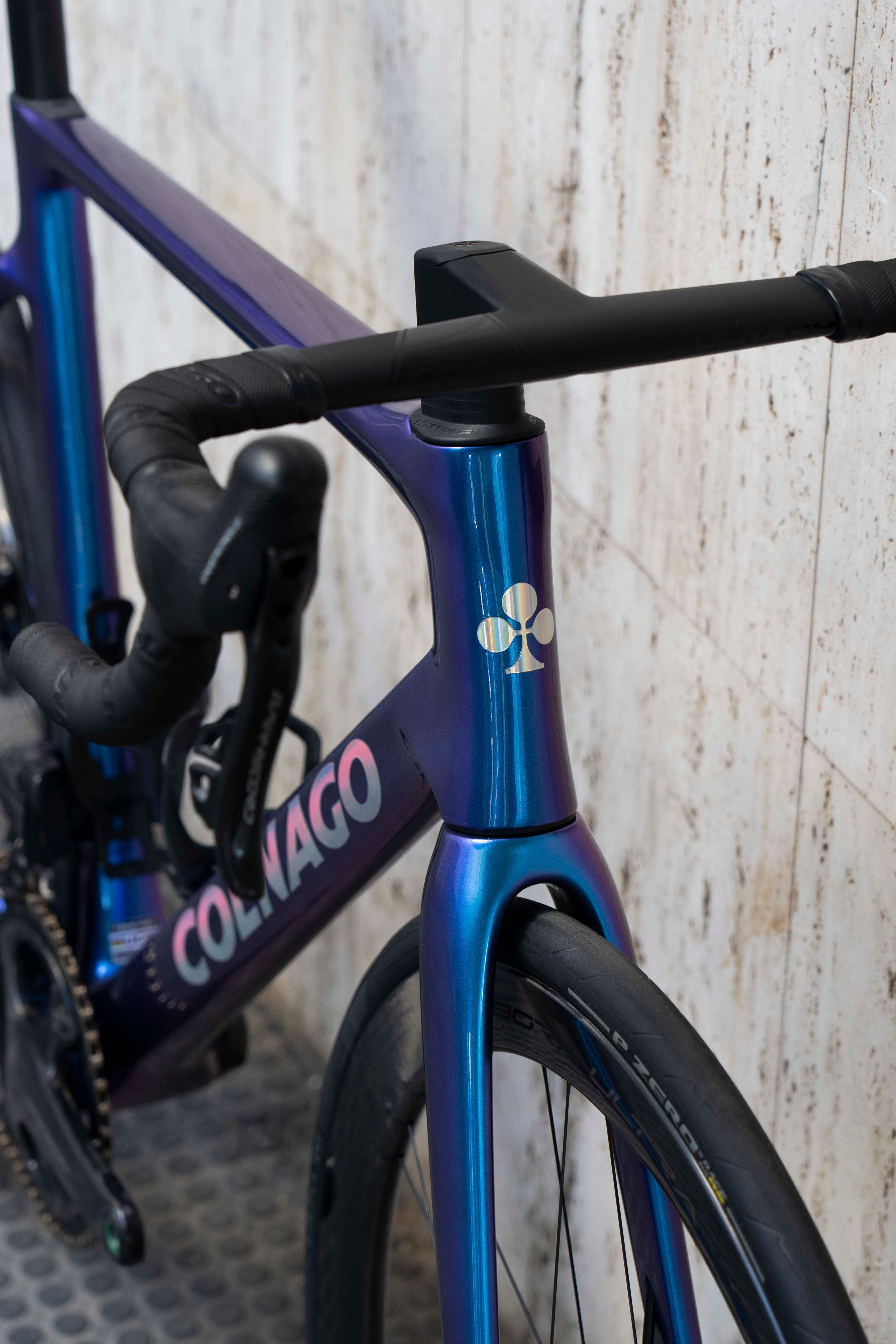
Larger tubeless tires also have a greater circumference. A 26 mm tire has a circumference of about 680 mm, while a 32 mm tire measures approximately 697 mm—a 2.5% increase that can impact performance, sacrificing acceleration for higher top speeds.
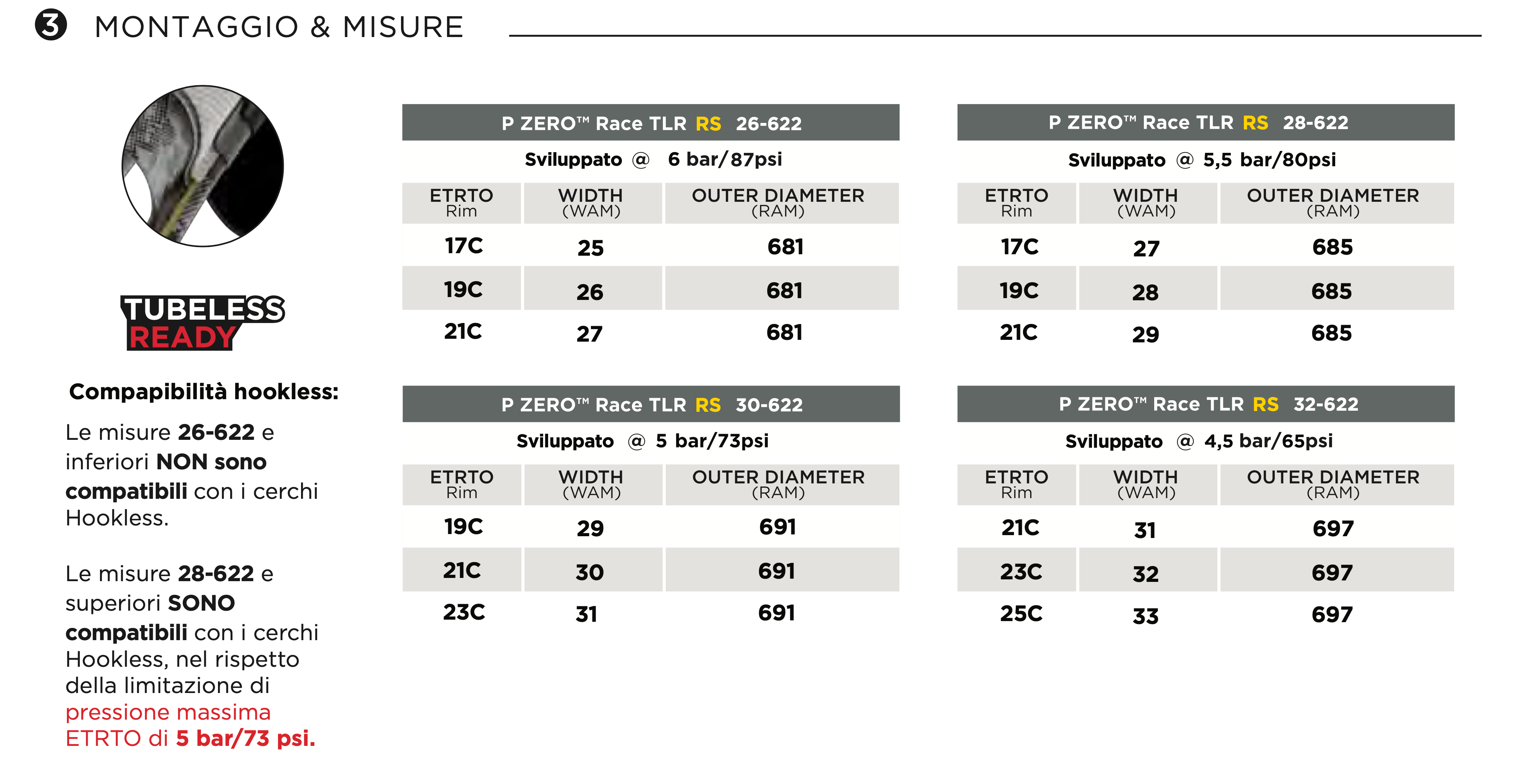
Gravel bikes are another consideration. Finding a balance between off-road grip and on-road rolling efficiency is challenging. Sizes like 32, 35, and 40 mm with slick treads, such as Pirelli’s Zero Race RS, work well for both disciplines.
-
Pirelli P ZERO Race TLR RS | Retrò | 700x32c | 4615700
74 €74 € Add to cart -
Pirelli P ZERO Race TLR RS | Retrò | 700x28c | 4610100
74 €74 € Add to cart -
Pirelli P ZERO Race TLR RS | Retrò | 700x30c | 4615500
74 €74 € Add to cart -
Pirelli P ZERO Race TLR RS | 700x32c | Black | 4308800
63 €Instead of 90 €Save 30%52 €Instead of 74 €Save 30% Add to cart -
Pirelli P ZERO Race TLR RS | 700x28c | Black | 4197000
63 €Instead of 90 €Save 30%52 €Instead of 74 €Save 30% Add to cart -
Pirelli P ZERO Race TLR RS | 700x30c | Black | 4197100
63 €Instead of 90 €Save 30%52 €Instead of 74 €Save 30% Add to cart
UNDER PRESSURE
Once you’ve chosen your tires, setting the right pressure is key. Manufacturers provide ideal pressure ranges, but new trends suggest much lower pressures for tubeless tires, often between 6 bar (87 psi) for 26 mm tires and 4.5 bar (65 psi) for 32 mm. Online calculators from brands like Silca and Zipp can also help by considering variables such as bike and rider weight, tire type, and road conditions.
For hookless rims, note the ETRTO standard, which caps pressure at 5 bar (73 psi). Exceeding this risks tire blowout.
